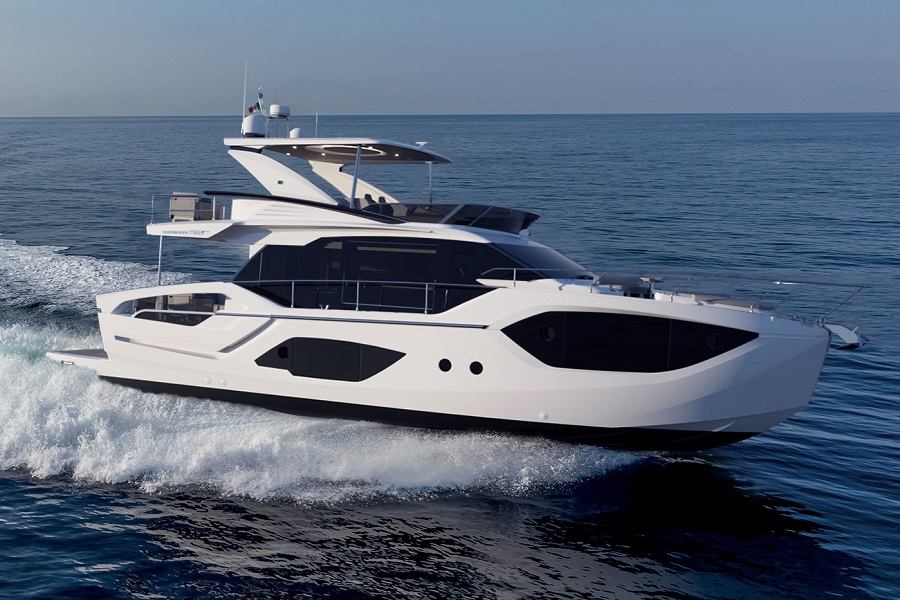 alt="Absolute signatures feature on 52 Fly"/>
alt="Absolute signatures feature on 52 Fly"/>
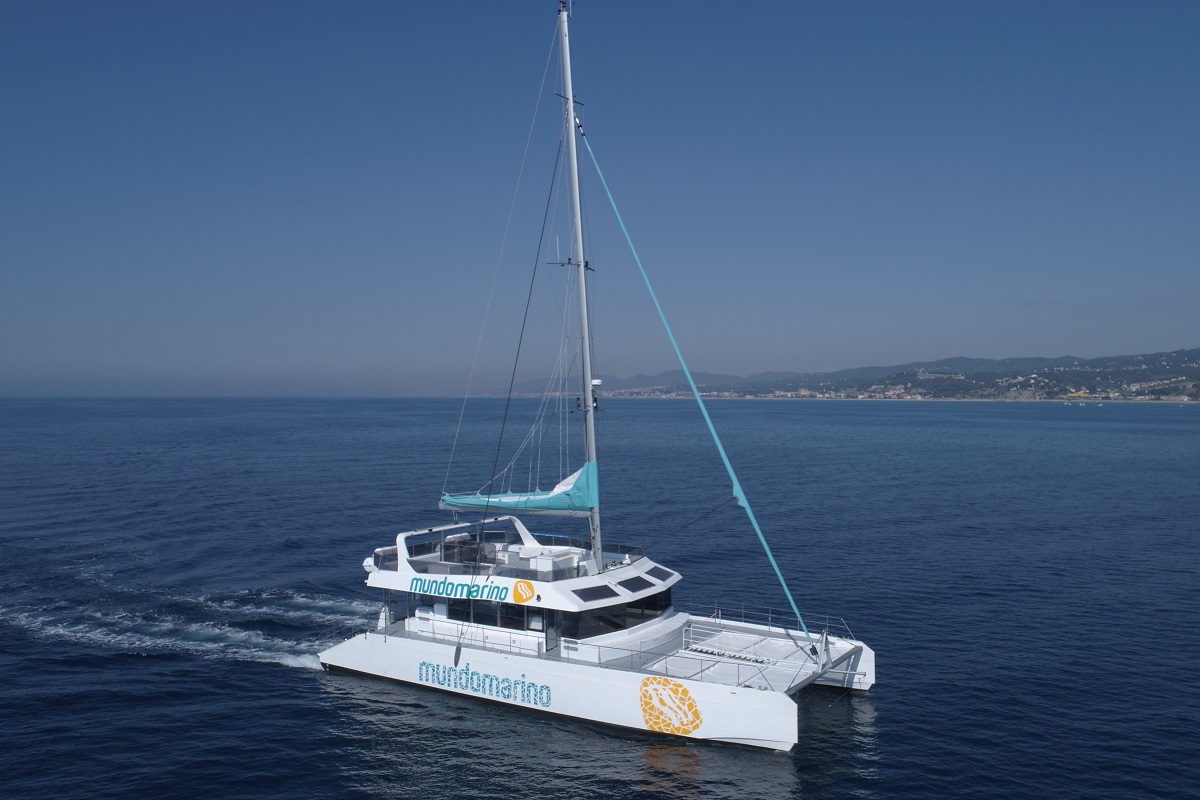 alt="Eco sailing cat using Torqeedo Deep Blue Hybrid"/>
alt="Eco sailing cat using Torqeedo Deep Blue Hybrid"/>
“Cruise the Bay of Malaga on an ecological sailboat,” reads the advert for the sightseeing tour on Mundo Marino Eco, a sailing catamaran fitted with Torqeedo’s Deep Blue Hybrid technology.
The 24m-long, 10m-wide Mundo Marino Eco is the first hybrid catamaran in the fleet of passenger boats owned by Mundo Marino, which transports tourists along the Costa del Sol every day.
There are several tour providers that offer bay cruises, but the Deep Blue Hybrid propulsion and energy-management system distinguish this eco-catamaran as it sails silently and without emissions along the coast.
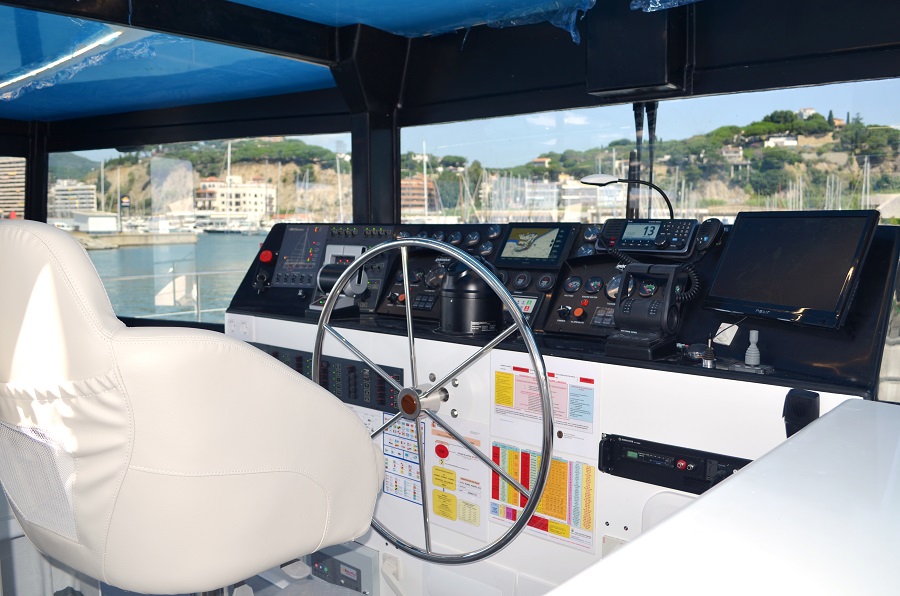
Lower helm on Mundo Marino Eco
From out in the bay, passengers aboard Mundo Marino Eco can admire the skyline of the capital of the Costa del Sol, the Moorish fortress called Alcazaba of Malaga and the 14th-century Gibralfaro Castle.
It feels good to sail around the bay with a drink in hand while listening to relaxing music, especially when it’s in a sustainable manner.
After all, it feels better – and is better – to enjoy time on the water without damaging the marine environment through noise, exhaust fumes and other pollution.
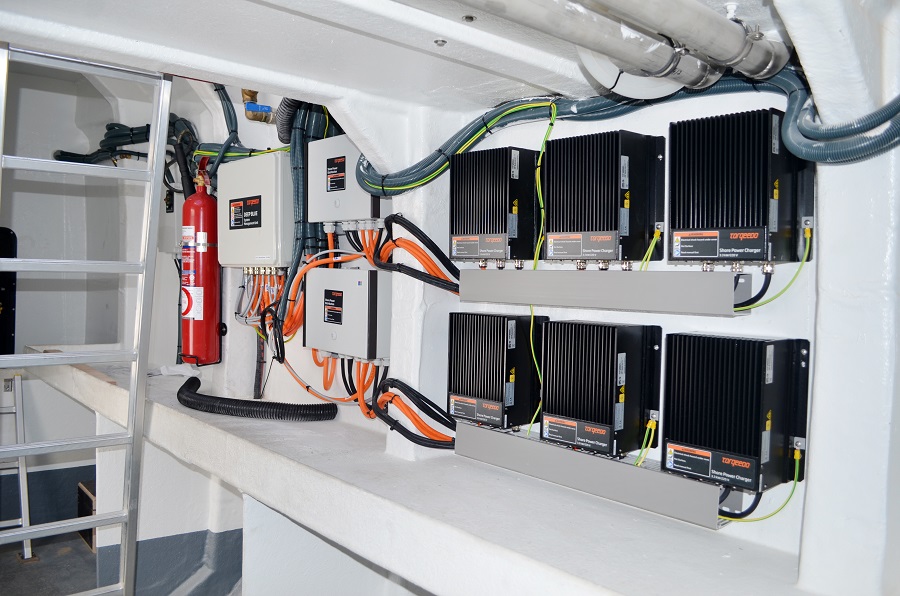
Torqeedo Deep Blue Hybrid system on Mundo Marino Eco
David de Haro and his father co-founded Mundo Marino 25 years ago. For the first year after Mundo Marino Eco was commissioned, De Haro captained the Mundo Marino Eco himself. Nowadays, he only fills in when a mechanic or captain is out of action.
More often, you find him sitting in the office charting the course of the company, which has benefited from its first major move to green propulsion. “Business is good,” says De Haro, who believes sustainable tourism is a growth market.
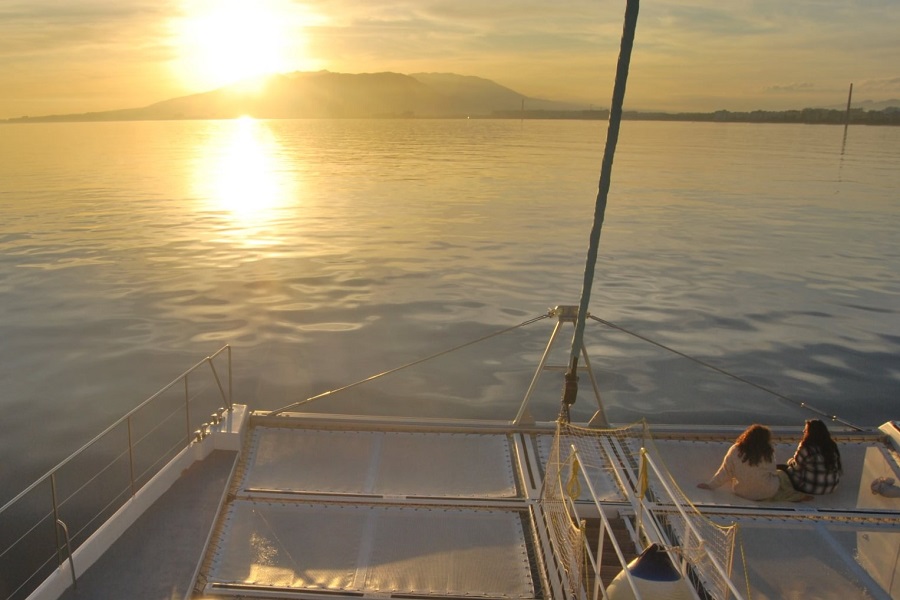
View aboard Mundo Marino Eco
Mundo Marino offers a range of tours, 60-minute harbour tours, and swimming excursions into the turquoise Mediterranean. The sunset cruises are usually booked out weeks in advance.
“We’re mighty proud of our eco-catamaran,” De Haro says. He even has the elegant white boat as a screensaver on his phone.
Built at the Drassenes Dalmau boatyard, north of Barcelona, the catamaran is also equipped with two 300hp diesel engines, which proved useful in transporting the yacht from Barcelona to Málaga. But in everyday tour operations, De Haro says, they’re hardly ever used.
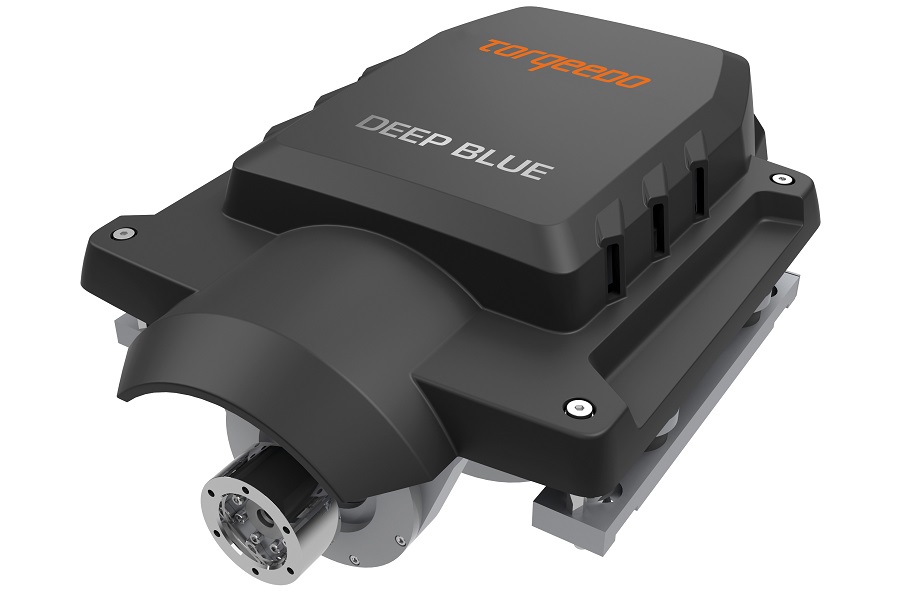
Torqeedo Deep Blue 25/50kw inboard
On an average one-hour tour of the bay with 150 passengers, the diesel engines are not needed at all. “It’s so quiet and relaxed on board,” De Haro enthuses. “The electric motors are perfect for our short trips and moderate speed of four knots.”
He’s most impressed with the sophisticated onboard energy-management system, which uses renewable energy to meet the catamaran’s various operational needs.
For example, the solar system powers the lighting, water pumps, music system and refrigerator. When there’s enough wind, the catamaran sets the sails and uses hydrogeneration to recharge the batteries.
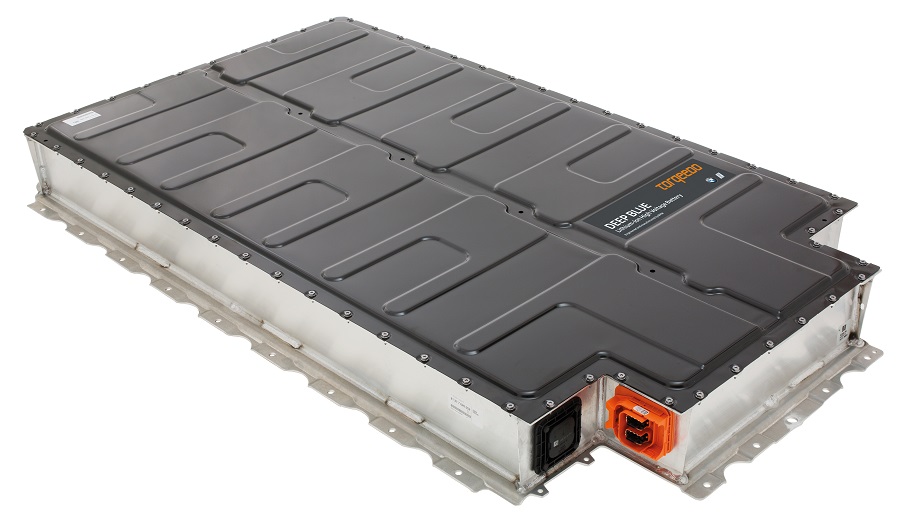
Torqeedo Deep Blue 40kWh battery
Tourism businesses are increasingly realising that more sustainable operations can provide a competitive advantage, as vacationers are interested in patronising green businesses and new experiences.
In fact, many of Mundo Marino Eco’s passengers show a real interest in the catamaran’s ability to generate its own power under sail.
“When they see the battery indicator suddenly change from yellow to green while sailing, many of the passengers are simply amazed,” De Haro says. “They often say, ‘That’s free energy!’”
For more information on Torqeedo, email Tamás Brunecker of Torqeedo Asia-Pacific.
asia@torqeedo.com
www.torqeedo.com